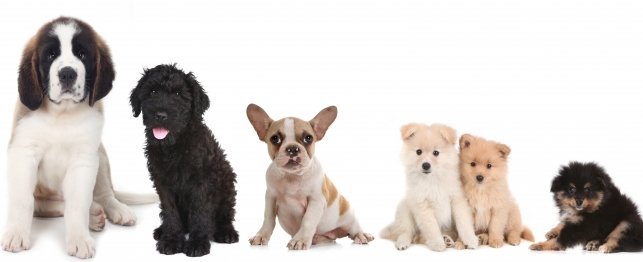How to Care Your Dog
In true mixed breeds, the dog\'s ancestry is next to impossible to predict, although many people can\'t help but try to guess. Today the slow, prodding bloodhound is usually used by law enforcement to track renegades or missing persons. Because they\'re all related, all of the 400 or so breeds are capable of interbreeding. That\'s part of the fun. Apart from their hunting skills, most hounds make excellent pets. Two purebred dogs are sometimes deliberately crossed in hopes of creating a new breed such as the cockapoo, which is one part cocker spaniel, one part poodle. But for the most part, these are large, powerful dogs. If you can\'t decide between a shepherd, a setter or a poodle, get them all adopt a mutt.
Unfortunately, these incidents tarnish the reputations of what can be friendly, stable, even calm pets. This group has a variety of both behavioural and physical-a history of hunting assistance often being the only regular bond among some of the hound breeds. Both routinely in the top five breeds, the Labrador retriever and the golden retriever together account for nearly one-quarter of the more than 1 million dogs registered with the AKC every year. It now serves only as a loving, albeit somewhat deskbound companion. Combining the taut muscles and compact power of the bulldog with the tenacity and aggressiveness of the terrier, some controversial bull terrier breeds have been involved in some highly publicized biting incidents, several involving small children.
Motivated by rising inner-city crime rates and by the rather twisted notion that owning a powerful dog somehow enhances one\'s social standing, all too many people have invested a lot of money in acquiring one of these dogs, but sometimes nothing can convince some of these dogs that not all strangers, especially children, pose a threat. Before getting to any of these things, let\'s start form the most basic first:finding the right dog suitable for you.
The Anatomy of a Canine
You probably would like to know why these canine chums want to stick out their tongue always. Hairless. Species such as wolves that inhabit cold climates sport double coats, with a thick, insulating underlayer to retain heat and keep the cold at bay. Many of these products contain heavy amounts of chemically-created odors which can get to your pet right where they live - near the floor where most of these products are used. The arctic fox, on the other hand, has minuscule ears to minimize the effects of the frigid weather in its northern homeland.
The bloodhound can follow a four-day-old track using its highly developed sense of smell. Long Hair. A lot of information can be garnered from a quick sniff. Staying Cool. All dog paws are the same, although there are variations in shape depending on the breed\'s digital bones. Sixteen sharp premolars, including the carnassials, allow the dog to cut and slice flesh, while ten powerful, grinding molars mean the dog can chew the non-flesh parts of its diet-typically vegetables, other vegetation and grains.
Why the help?
Including sit, stay, come, fetch, stop, shake, speak, kiss, lie down, and more. Over 10 Fun Tricks for Your Dog - Learn over 10 tricks both you and your dog will love. You won\'t need any dog training equipment. Facts on Over 20 Popular Dog Breeds - Learn facts on the most popular dogs, including how to groom, exercise, and of course their ease of training by breed.

 10 Most Popular Small Breed Dogs
10 Most Popular Small Breed Dogs
10 Most Popular Small Breed Dogs
10 Most Popular Small Breed Dogs
 Great Tips For Obtaining The Best From Your Home Transaction
In case you are offering of getting a for any reason, you w
Great Tips For Obtaining The Best From Your Home Transaction
In case you are offering of getting a for any reason, you w
 Guide to Picking the Breed Thats Right For You
Guide to Picking the Dog Breed Thats Right Fo
Guide to Picking the Breed Thats Right For You
Guide to Picking the Dog Breed Thats Right Fo
 Dog Breeds Good with Children
Dog Breeds Good with Children
Dog Breeds Good with Children
Dog Breeds Good with Children
 16 Questions You Should Ask the Breeder
16 Questions You Should Ask the Breeder
16 Questions You Should Ask the Breeder
16 Questions You Should Ask the Breeder